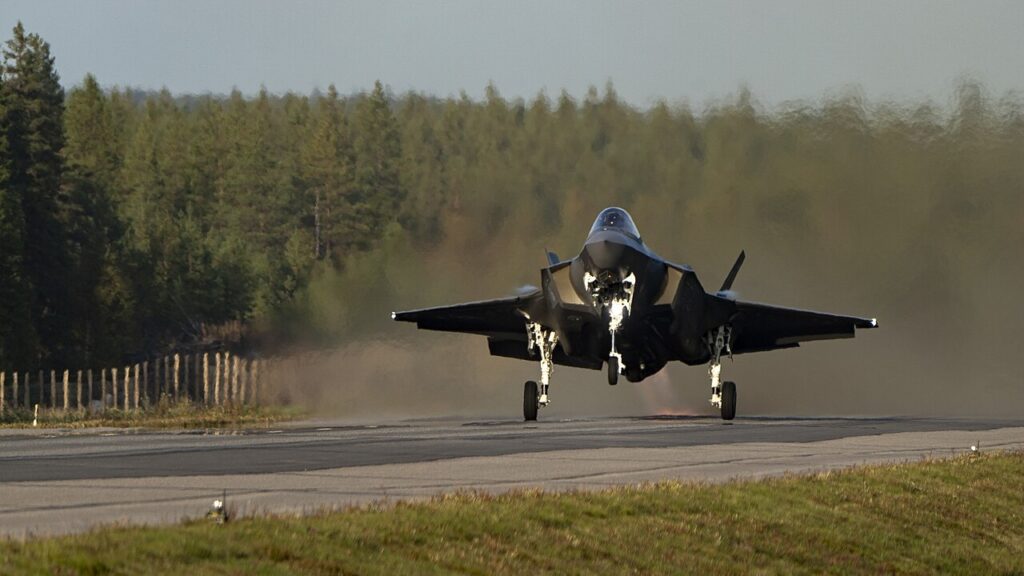
The US Air Force is introducing a new strategy called the “Forward Arm and Refueling Point” (FARP) to enhance the readiness of its fighter jets in the event of a major conflict. This approach aims to facilitate rapid rearming and refueling of aircraft close to the battlefield, thereby ensuring sustained air operations against near-peer adversaries like Russia and China.
In a potential scenario involving a conflict with Russia, US and NATO forces could utilize makeshift runways to support tactical operations. This strategy recognizes the importance of maintaining air power through repeated sorties, which have become essential in modern warfare. The FARP concept is a critical element in the Air Force’s operational framework, emphasizing agility and flexibility in combat situations.
Understanding the FARP Concept
The US military has long relied on mid-air refueling to extend the operational range of its aircraft, a capability demonstrated during the recent Operation Midnight Hammer. In this operation, several B-2 Spirit stealth bombers executed an extensive 18-hour mission from Missouri to strike targets in Iran, enabled by mid-air refueling. However, rearming jets in-flight remains unfeasible. Consequently, the FARP initiative focuses on ground-based operations for rapid rearmament and refueling.
Training exercises are underway to develop this concept further, including operations conducted in remote locations and unconventional sites such as highways. These efforts aim to enhance unpredictability, making it difficult for adversaries to anticipate aircraft resupply points.
Practical Applications of FARP
Recently, the Air National Guard executed drills under the “Distributable Integrated Combat Turn” (D-ICT) framework as part of the FARP strategy. This tactic is designed to ensure fighter jets remain operational by enabling them to be refueled and rearmed in under an hour. During these exercises, two C-130 transport aircraft delivered fuel and munitions to F-35 Lightning II and F-15 Eagle jets.
Lieutenant Colonel Doug Ferro, commanding officer of the 103rd Aircraft Maintenance Squadron, emphasized that D-ICT exemplifies the essence of Agile Combat Employment. The operations allowed maintenance crews to refuel multiple fighter jets simultaneously, enhancing their combat readiness. “This enables Combat Air Forces to deliver lethal airpower with unprecedented agility,” Ferro stated.
Colonel Michael Blair, commanding officer of the 158th Fighter Wing, noted that D-ICT significantly improves the ability to project power rapidly across contested regions. Effective execution of FARP operations could yield more sorties from the same number of aircraft, a crucial advantage in high-stakes scenarios involving near-peer adversaries.
The FARP strategy is not just a theoretical exercise; it represents a significant shift in how the US Air Force plans to conduct air operations in future conflicts. By leveraging innovative tactics and enhancing logistical capabilities, the Air Force aims to maintain its edge in aerial warfare.
In summary, the Forward Arm and Refueling Point initiative signifies a proactive approach to modern air combat, emphasizing the need for speed and adaptability in increasingly complex operational environments. The ongoing training and development of this strategy will be vital for ensuring effective airpower in potential conflicts with global adversaries.







